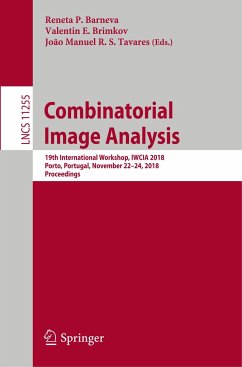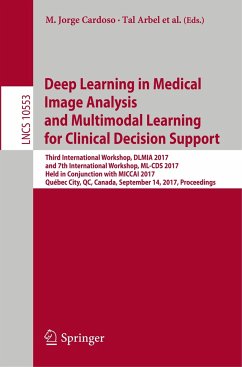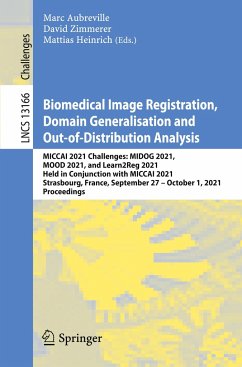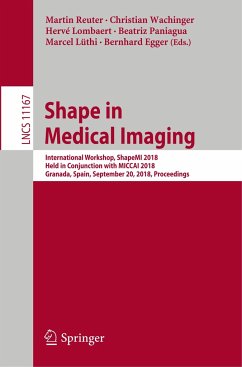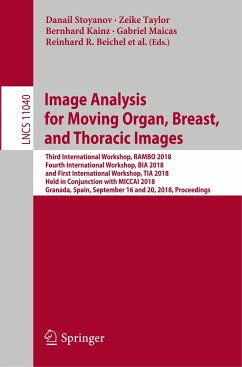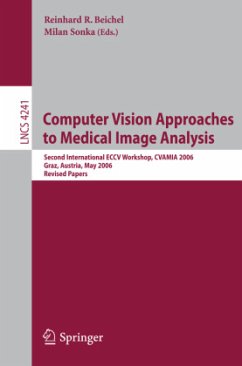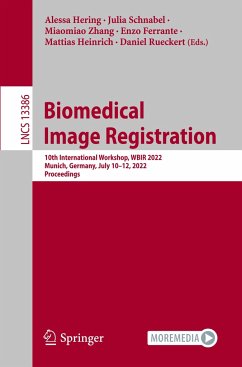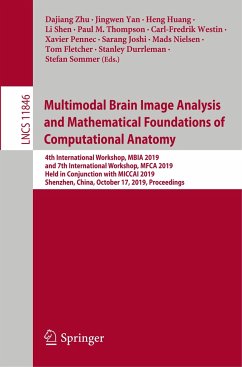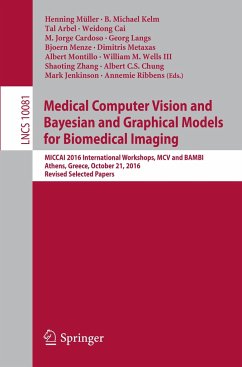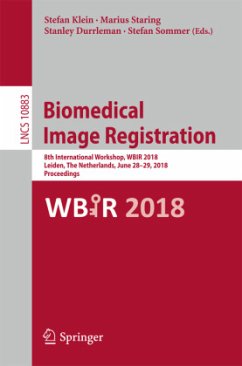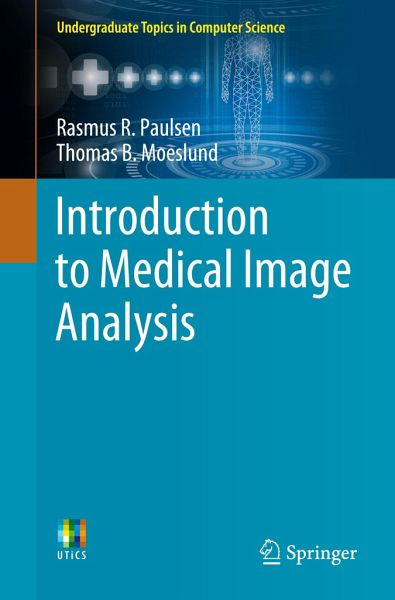
Introduction to Medical Image Analysis

PAYBACK Punkte
17 °P sammeln!
This easy-to-follow textbook presents an engaging introduction to the fascinating world of medical image analysis. Avoiding an overly mathematical treatment, the text focuses on intuitive explanations, illustrating the key algorithms and concepts in a way which will make sense to students from a broad range of different backgrounds.Topics and features: explains what light is, and how it can be captured by a camera and converted into an image, as well as how images can be compressed and stored; describes basic image manipulation methods for understanding and improving image quality, and a usefu...
This easy-to-follow textbook presents an engaging introduction to the fascinating world of medical image analysis. Avoiding an overly mathematical treatment, the text focuses on intuitive explanations, illustrating the key algorithms and concepts in a way which will make sense to students from a broad range of different backgrounds.
Topics and features: explains what light is, and how it can be captured by a camera and converted into an image, as well as how images can be compressed and stored; describes basic image manipulation methods for understanding and improving image quality, and a useful segmentation algorithm; reviews the basic image processing methods for segmenting or enhancing certain features in an image, with a focus on morphology methods for binary images; examines how to detect, describe, and recognize objects in an image, and how the nature of color can be used for segmenting objects; introduces a statistical method to determine what class of object the pixelsin an image represent; describes how to change the geometry within an image, how to align two images so that they are as similar as possible, and how to detect lines and paths in images; provides further exercises and other supplementary material at an associated website.
This concise and accessible textbook will be invaluable to undergraduate students of computer science, engineering, medicine, and any multi-disciplinary courses that combine topics on health with data science. Medical practitioners working with medical imaging devices will also appreciate this easy-to-understand explanation of the technology.
Topics and features: explains what light is, and how it can be captured by a camera and converted into an image, as well as how images can be compressed and stored; describes basic image manipulation methods for understanding and improving image quality, and a useful segmentation algorithm; reviews the basic image processing methods for segmenting or enhancing certain features in an image, with a focus on morphology methods for binary images; examines how to detect, describe, and recognize objects in an image, and how the nature of color can be used for segmenting objects; introduces a statistical method to determine what class of object the pixelsin an image represent; describes how to change the geometry within an image, how to align two images so that they are as similar as possible, and how to detect lines and paths in images; provides further exercises and other supplementary material at an associated website.
This concise and accessible textbook will be invaluable to undergraduate students of computer science, engineering, medicine, and any multi-disciplinary courses that combine topics on health with data science. Medical practitioners working with medical imaging devices will also appreciate this easy-to-understand explanation of the technology.





